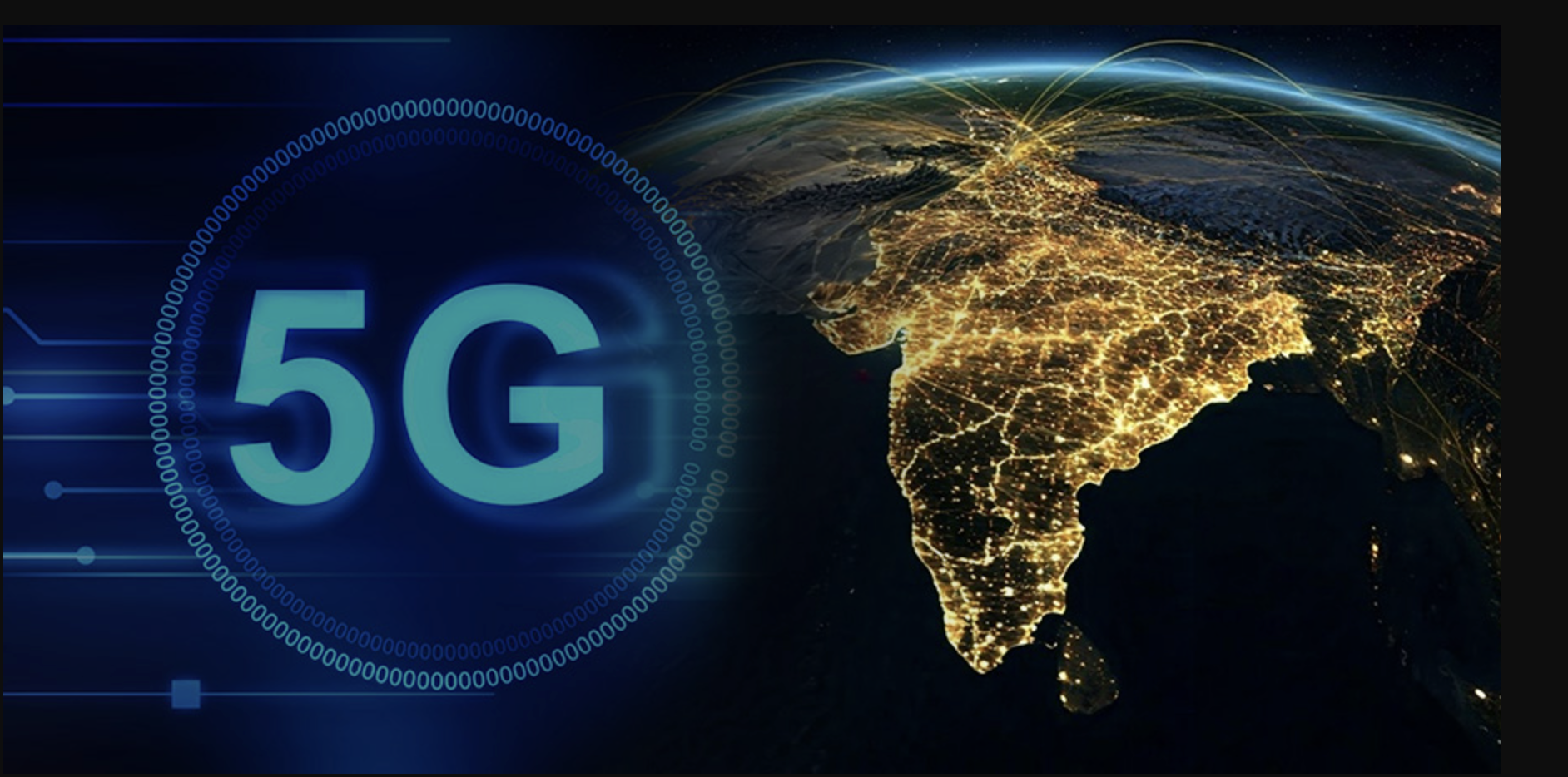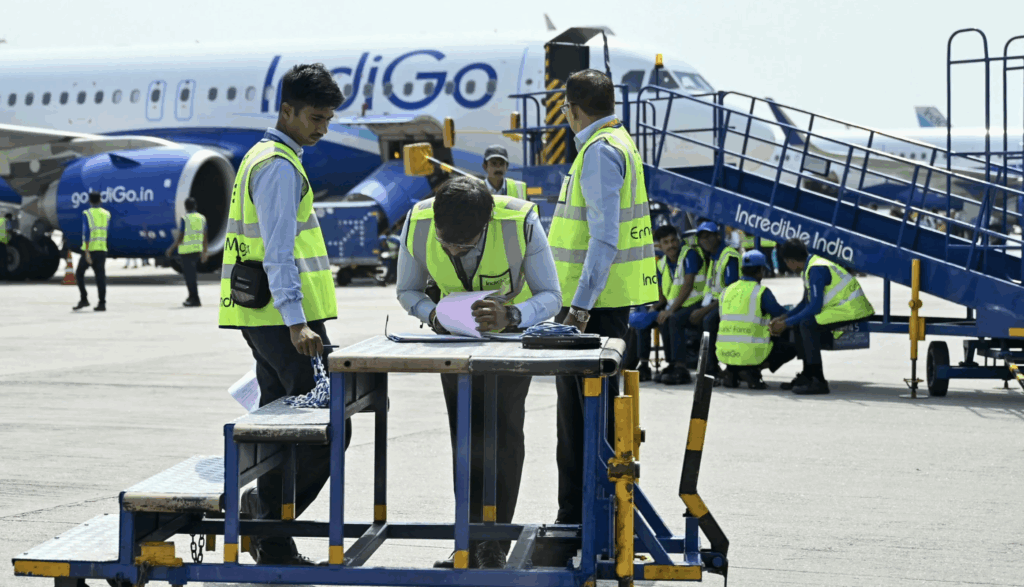
The toll collection landscape in India is on the verge of a significant transformation. FASTag, which revolutionized toll payments through RFID technology, is set to be replaced by an even more advanced system known as the Global Navigation Satellite System (GNSS). This new technology promises to address the limitations of FASTag and offer a more efficient and equitable tolling experience. In this blog, we’ll explore seven key FAQs to help you understand how GNSS will reshape toll collection in India.
1. What is GNSS, and How Does It Work?
Answer:
GNSS stands for Global Navigation Satellite System. Unlike FASTag, which relies on fixed toll booths and RFID technology, GNSS uses satellites to track a vehicle’s journey in real-time. It calculates tolls based on the exact distance traveled by the vehicle on a toll road. The toll amount is then automatically deducted from a digital wallet linked to the vehicle’s registration.
2. Why is FASTag Being Replaced?
Answer:
While FASTag has streamlined toll collection and reduced cash transactions, it has its limitations, such as instances of overcharging, toll evasion, and persistent congestion at toll plazas. GNSS addresses these issues by offering a more accurate, distance-based tolling system, eliminating the need for physical toll booths and reducing the chances of toll evasion.
3. What are the Benefits of GNSS for Drivers?
Answer:
GNSS promises a hassle-free tolling experience by eliminating the need for traditional toll booths, thereby reducing congestion and wait times. Since tolls are based on the actual distance traveled, drivers will only pay for the exact usage of the road, preventing overcharging for short trips. This system ensures a fairer and more efficient toll collection process.
4. How Will GNSS Benefit the Government?
Answer:
For the government, GNSS offers a more secure and efficient toll collection method. It significantly reduces the chances of toll evasion, which remains a problem with the current system. Additionally, the data collected through GNSS can be used to improve traffic management and infrastructure planning, providing valuable insights into traffic patterns and road usage.
5. What is the Rollout Plan for GNSS in India?
Answer:
The Indian government plans to implement GNSS in phases, starting with a hybrid model that integrates GNSS with the existing FASTag system. Initially, selected toll plazas will have GNSS-enabled lanes. As the technology is refined, it will eventually replace all toll booths across the country. The government has already begun testing GNSS on two major national highways: the Bengaluru-Mysore National Highway (NH-275) in Karnataka and the Panipat-Hisar National Highway (NH-709) in Haryana.
6. How Does GNSS-Based Toll Collection Impact Revenue?
Answer:
The introduction of GNSS is expected to significantly boost toll revenue. Currently, the National Highway Authority of India (NHAI) collects around Rs 40,000 crore annually from tolls. With the new GNSS system, this figure is projected to increase substantially, potentially reaching Rs 1.40 trillion within the next two to three years. This increase in revenue will be crucial for funding further infrastructure development and maintenance.
7. What Does the Future Hold for India’s Road Network?
Answer:
Union Minister Nitin Gadkari has expressed his vision for India’s road network to rival that of the United States by the end of 2024. GNSS, along with other infrastructure projects like Bharatmala-2, will play a critical role in achieving this goal. The transition to satellite-based tolling is a significant step toward creating a world-class road infrastructure in India.













